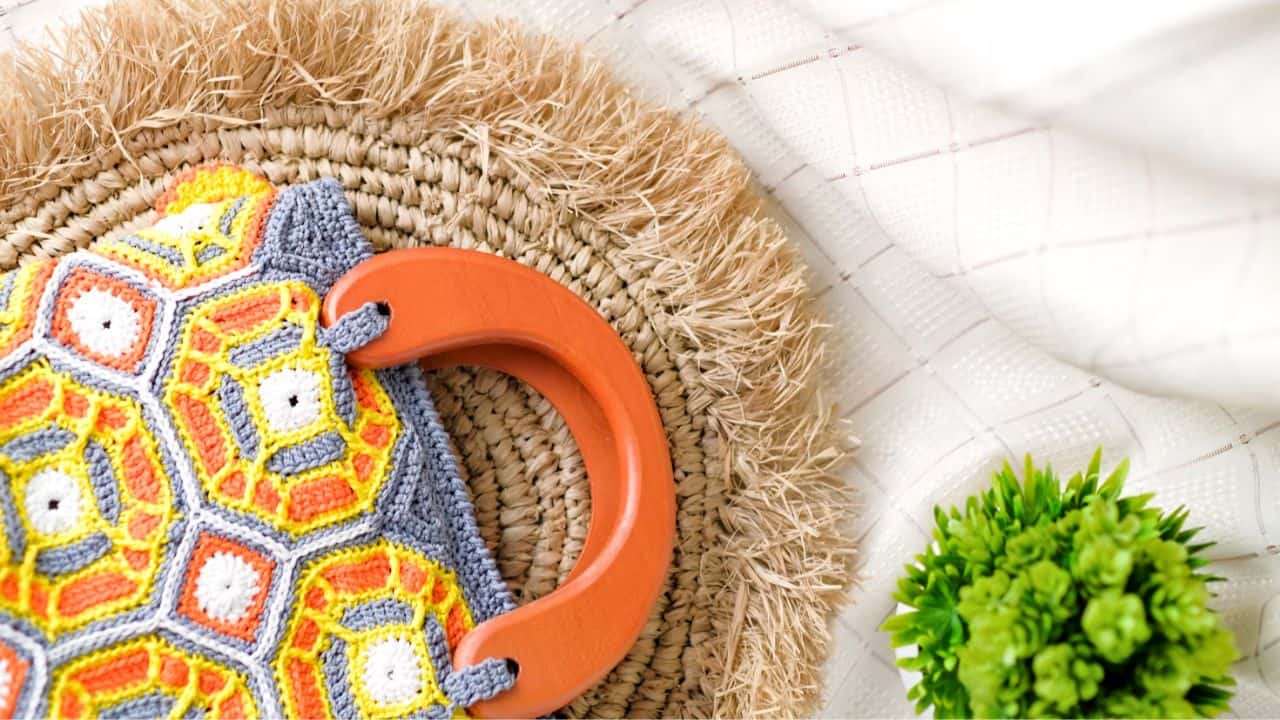Solar energy is one of the best renewable energy sources that can be integrated at home.
By focusing on solar energy, alongside wind energy, the UK has reduced carbon emissions generated by power plants by 60% in the last decade – with further reductions needed for the future.
In fact, solar energy is the third most generated form of renewable energy in the UK, providing 4% of total electricity generation.
This post contains affiliate links. If you buy something through our links, we may earn a small commission. Learn more about this here.
Covered in this article:
- How Solar Panels Work At Home
- What Beginners Need To Know About Solar Panels at Home
- Long Term Savings From Solar Panels
Brighter Futures: How Solar Panels Can Work For Your Home
How Solar Panels Work At Home
Solar panels are one of the most common forms of renewable energy that can be installed and used straight from home.
By absorbing the sun’s energy using photovoltaic (PV) cells, the panels can convert this energy into a direct current (DC).
The DC is then run into the house to an inverter, which converts the DC into alternating current (AC), the current which homes use.
Solar energy is the third most generated form of renewable energy in the UK.
Of course, not all energy will be used, and any excess is sent to the electric grid – which can provide electricity in the future if and when the solar panels do not provide enough.
This is also an alternative form of revenue, as this excess electricity can be sold to the grid.

How To Install Them
The average solar panel installation at home is 4.2kWp, costing around £6,500.
The price is influenced by type of panel (tiles or panels) and scaffolding amongst other factors.
These are the rough eight steps you need to think about to get solar panels installed at home:
- Set up scaffolding
- Install solar panel mounts
- Install the panels
- Wire the panels
- Install the inverter
- Bond the inverter and solar battery
- Connect the inverter and the consumer unit
- Test the solar panels
Then you should be good to go!
For more details on the above steps and installing solar panels at home yourself, check out Renogy for more information.

What Beginners Need To Know About Solar Panels at Home
Beyond how solar panels work, here are some important facts to know before having your own solar panels:
- Solar panels don’t work at night, they collect most of the energy during the afternoon (luckily, when appliances are used most).
- Can’t have any trees or structures casting shadows on them – that’s why the best place for them are on roofs
- On days without sunshine, solar panels will receive 10% to 25% of their maximum capacity.
- Solar panels need roughly 25m squared of roof area
- Solar panels work best when directly facing the South (East and West yield 15% to 20% less energy)
- Solar panels often don’t need planning permission – but it is best to check with the local planning office for guidance.
To see exactly how many solar panels you would need, check out Renogy’s calculator.
There are also many, many positives to having your own renewable energy source.

Examples of Long Term Savings From Solar Panels
There are a multitude of long term savings that come with utilising solar panels at home.
For example, for someone who lives in London and utilities their electricity during the day, they could save £505 yearly.
Solar energy reduces carbon emissions by 1.3 to 1.6 tonnes per year
Other examples of long term savings are:
- Better for the planet by reducing carbon footprint – reducing carbon emissions by 1.3 to 1.6 tonnes per year
- Reduces water pollution compared to other electric alternatives
- Reduces electricity bills
- Can make money by selling unused electricity back to the grid
- Low maintenance, as they just need cleaning a couple of times a year and the inverter changed after 10 years
- Reduce dependency on national grid – or provides electricity for those living off grid
- Solar panels are long lasting – with longevity of 30 years
- Increases property value
- There is a 5% tax break on solar panels for those receiving pensions
If you’re intrigued by how many benefits you could receive, check out the Solar Energy Calculator by the Energy Saving Trust.

Why Use Renogy
Renogy stands for renovation and renewable energy – and that’s just what they provide: a variety of off-grid solar power systems at affordable prices.
Renogy is on a mission to encourage the world to opt for renewable energy, with the aim to provide five million people with DIY friendly and reliable sustainable energy products by the year 2030.
From their 100W 12V Monocrystalline Solar Panel for £119.99, to their 200 W Eclipse Monocrystalline Solar Suitcase w/o Controller for £399.99, Renogy has solar energy suited for everyone.
Renogy are aware that solar panels aren’t just for roofs of houses, providing many varieties of solar equipment for mobile vehicles, like campervans.

As well as providing a host of products, Renogy also aims to educate customers on solar energy, with useful tools and on site videos to assist owners of solar panels.
On their website, Renogy has a useful calculator that gauges the amount of electricity a house of appliances uses – enabling a clearer understanding of how many solar panels would be needed to provide a customer with self-sufficiency.
There is also a Power Plus Community, a space for people who are interested in renewable energy and sustainable living to connect from across the globe.
Renogy aims to provide five million people with DIY friendly and reliable sustainable energy products by the year 2030.
Renogy makes it easy for people who know nothing about solar power to integrate green energy into their lives.










